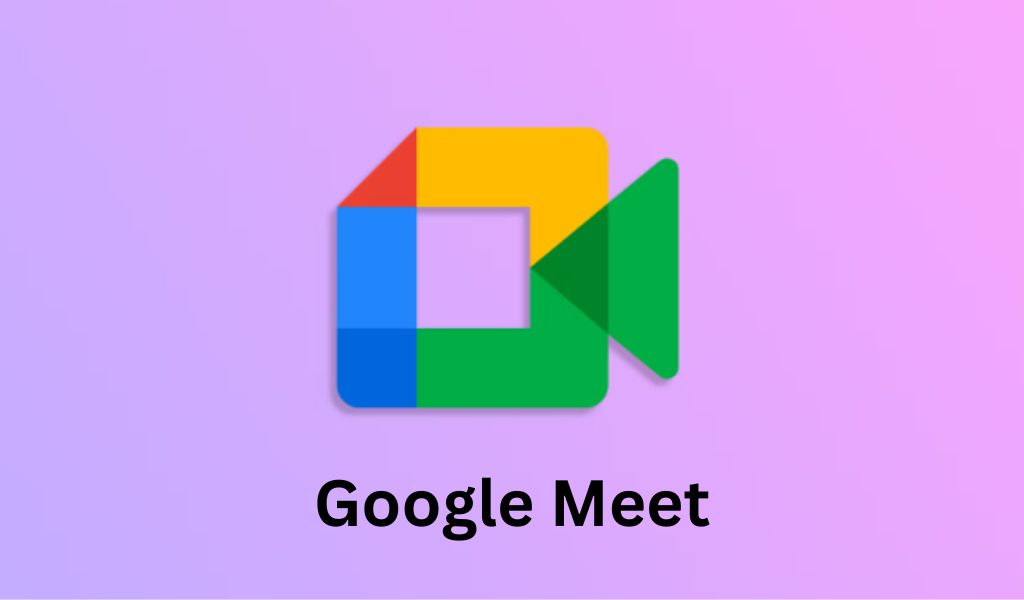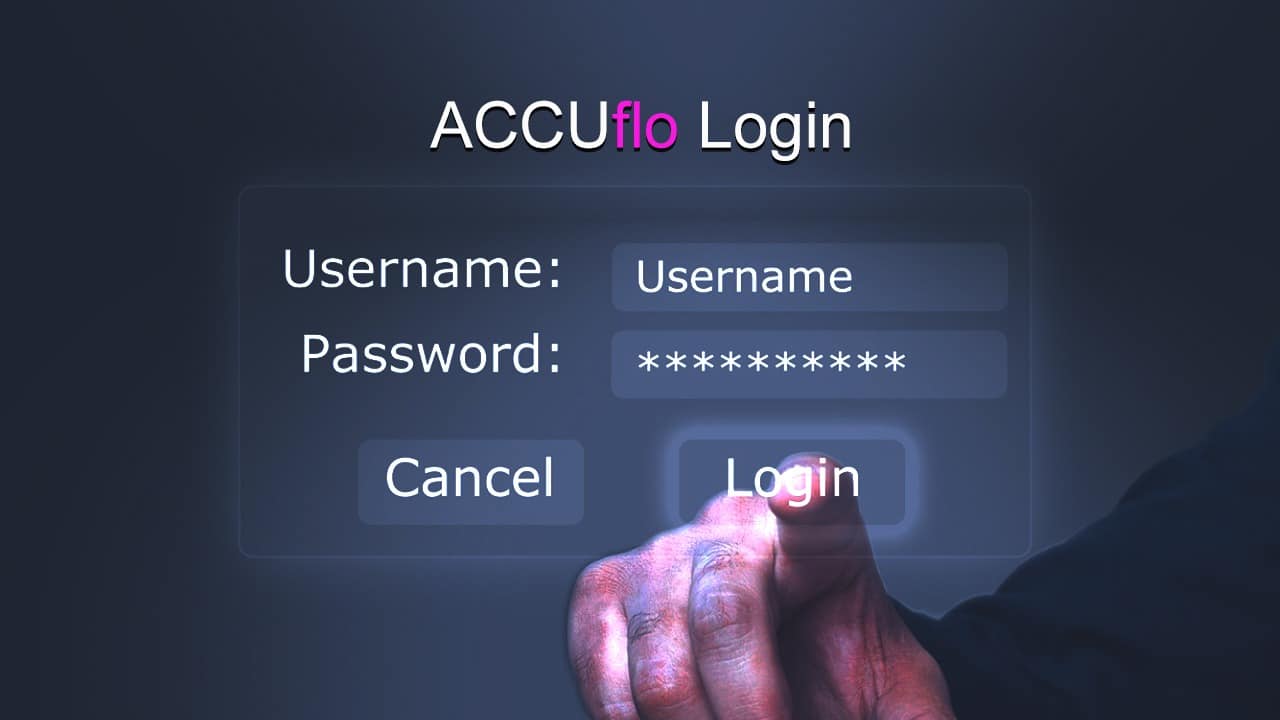There is no doubt that technology has drastically reshaped the way students learn and process information. While there are some who argue that technology has made students lazier, there is overwhelming evidence to suggest that technology has actually enhanced students’ cognitive abilities in many ways. In this blog post, we will explore six ways in which technology has enhanced student cognition. We will also discuss the implications of these changes for educators and parents. Stay tuned!
Social media has made students more aware of global events and news
In the past, students would typically get their news from local sources and might only be aware of events happening in their immediate area. With the rise of social media, however, students are now able to stay up-to-date on global events and news. Social media has made it possible for students to connect with people all over the world, and this has resulted in a more informed student body. Through Facebook, Twitter, and other platforms, students can access real-time news updates and have a front-row seat to events as they unfold. This increased awareness of global events has led to more engaged and informed students, demonstrating the power of social media as a force for good.
The internet has given students access to a wealth of information
In the past, students had to rely on textbooks and libraries for information. However, the internet has given them access to a virtually unlimited amount of information. They can find information on any topic, and they can do it from the comfort of their own homes. In addition, the internet has made it possible for students to connect with each other and share information. As a result, the internet has made it easier for students to get the information they need to succeed in school.
Online learning platforms have made education more accessible
In recent years, online learning platforms have made education more accessible than ever before. No longer restricted by geographic boundaries, people from all over the world can now take courses and earn degrees from the comfort of their own homes. What’s more, online learning platforms offer a flexible and convenient way to learn, allowing students to study at their own pace and on their own schedule. With so many people now leading busy lives, this flexibility is invaluable. In addition, online learning platforms often provide a more affordable education than traditional colleges and universities. With all of these benefits, it’s no wonder that online learning platforms are becoming increasingly popular.
Mobile devices have made learning more portable and convenient
In the past, students had to be in a specific location in order to learn. This usually meant sitting in a classroom, or at a library table. But with the advent of mobile devices like laptops, tablets, and smartphones, learning has become much more portable. Students can now take their learning with them wherever they go. They can read texts and articles on their commute, or listen to podcasts while they exercise. They can even attend online classes from anywhere in the world. As a result, mobile devices have made learning more convenient and accessible than ever before.
Wearables are changing the way we track our health and fitness
In recent years, there has been a growing trend of students using wearables to track their health and fitness. While some students simply use them to monitor their daily activity levels, others use them to set and achieve specific fitness goals. Some students even use wearables to track their eating habits and sleeping patterns. Whatever the reason, there is no doubt that wearables are changing the way we track our health and fitness. While some students may find wearables to be intrusive, there is no denying that they can be a powerful tool for achieving better health and fitness. With more and more students using wearables to track their health and fitness, it is likely that we will see even more changes in the way we live and manage our health in the years to come.
Augmented reality is providing new ways to learn and explore
Augmented reality is providing new ways to learn and explore. With its ability to superimpose digital content in the real world, AR is being used in a variety of settings to enhance the user experience. In education, for example, AR is being used to create immersive learning experiences that allow students to interact with virtual objects and worlds. In the business world, AR is being used for training and marketing purposes. And in tourism, AR is being used to provide visitors with contextual information about their surroundings. With so many potential applications, it’s clear that augmented reality is poised to have a major impact on the way we live, work, and play.
With all of these changes in technology, it’s clear that the future is looking very bright for education. We are seeing more ways to learn and explore than ever before, and with wearable devices and mobile apps, learning has become more portable and convenient than ever. And with online learning platforms becoming more widespread, access to education is no longer a barrier. These technological advances are providing opportunities for everyone to gain the knowledge they need to be successful in today’s world. What do you think will be the next big change in education?










































